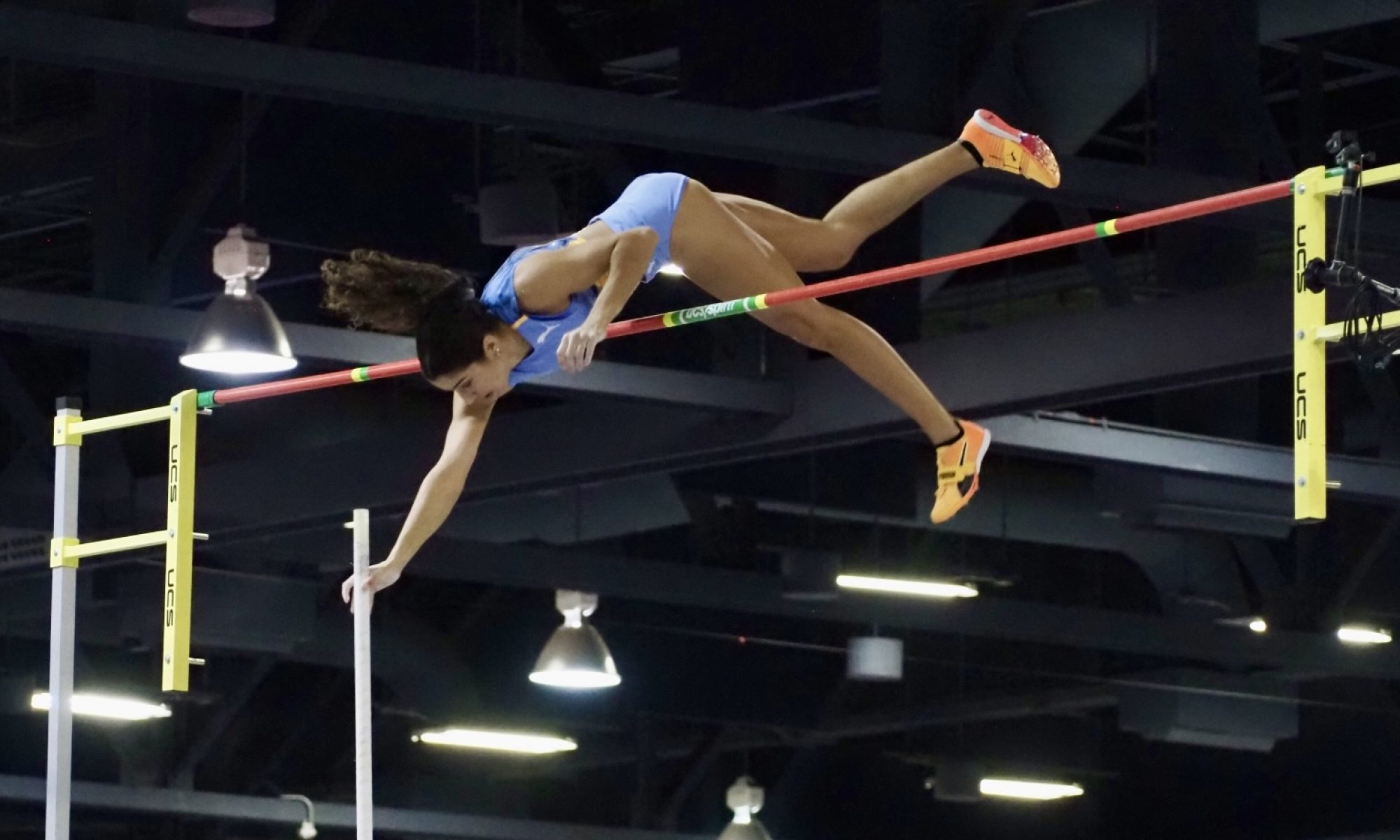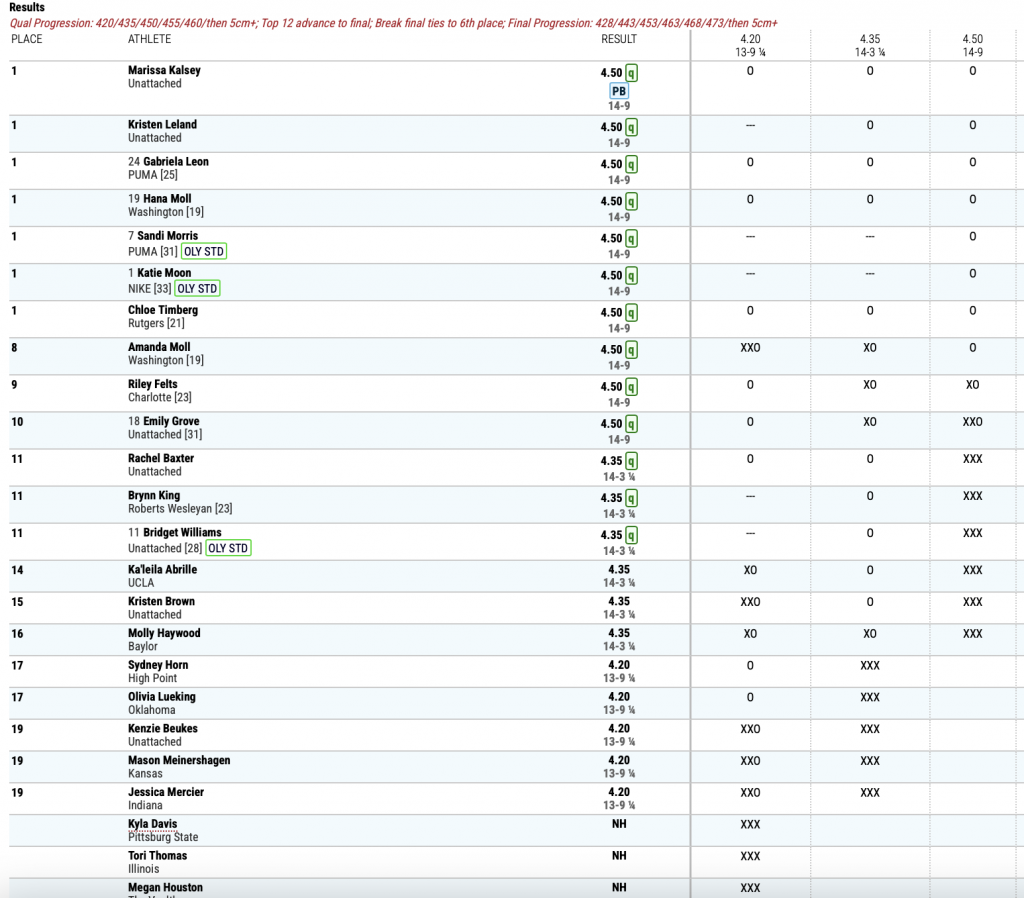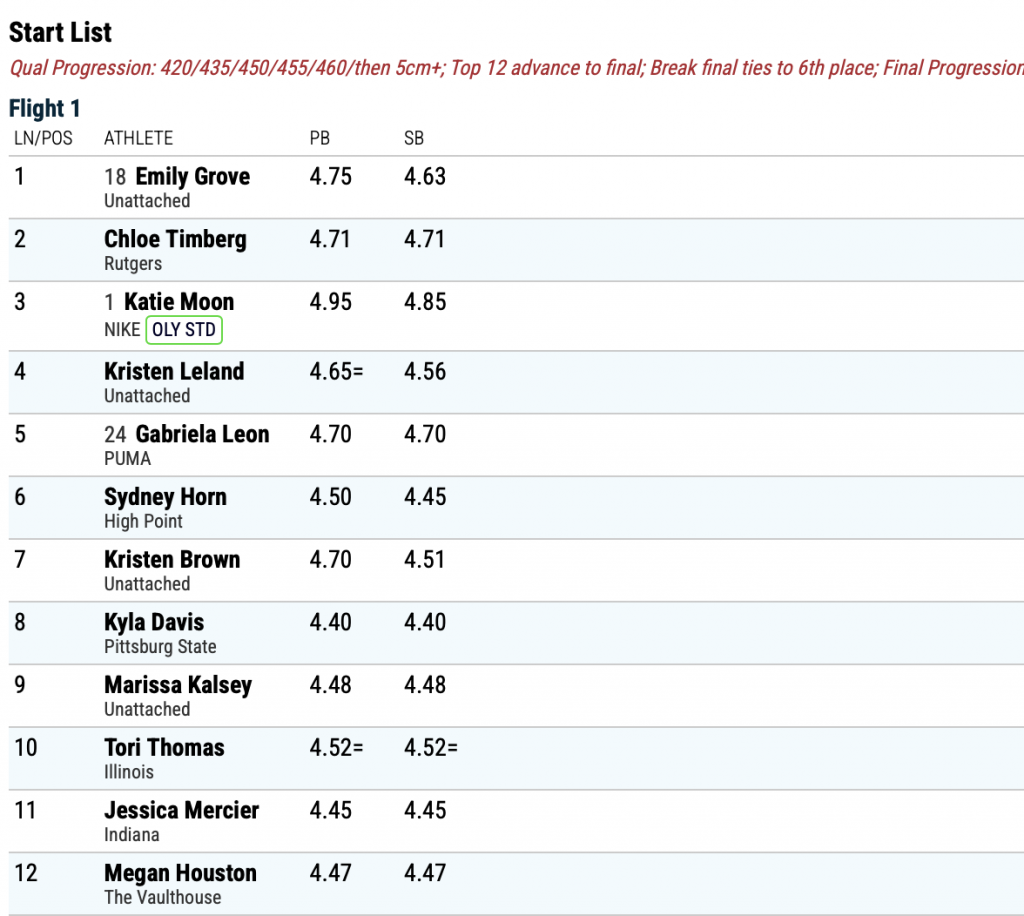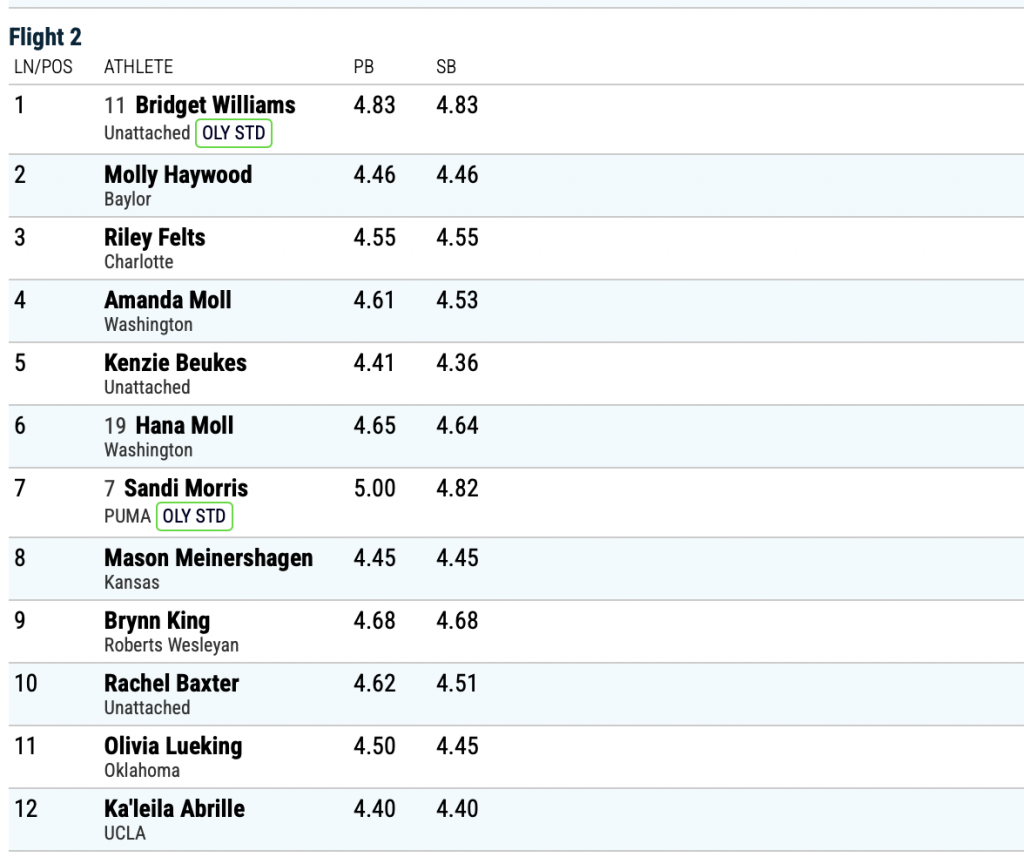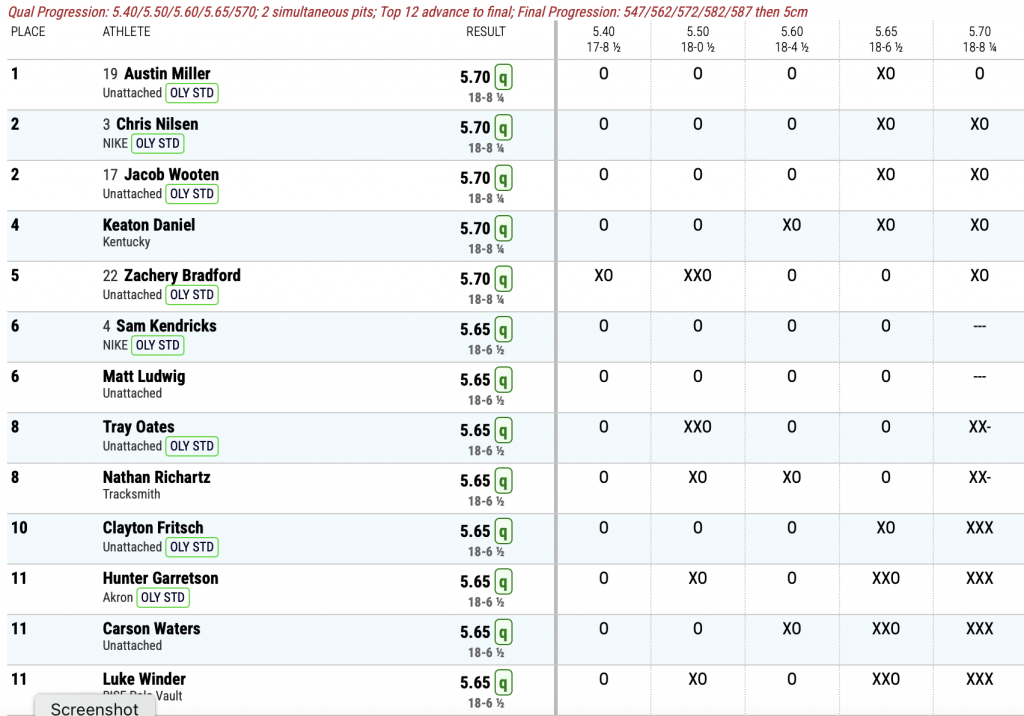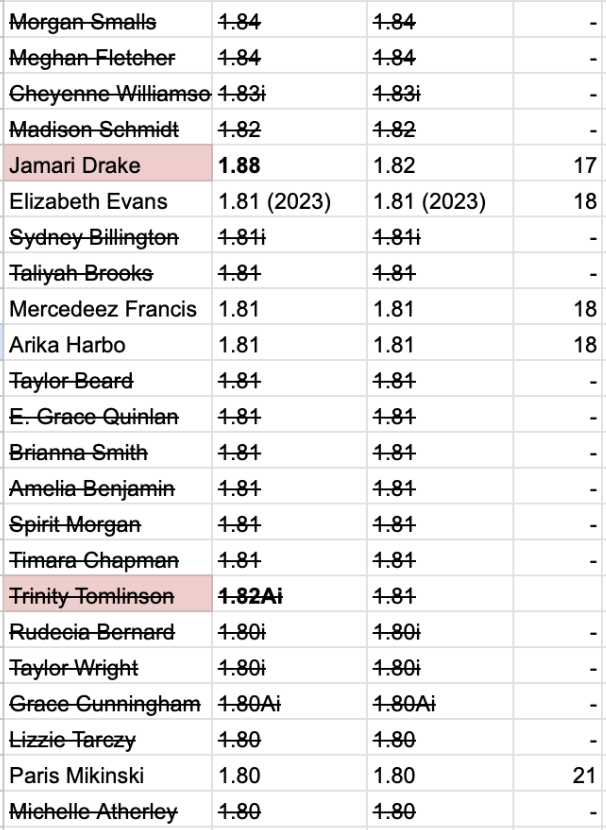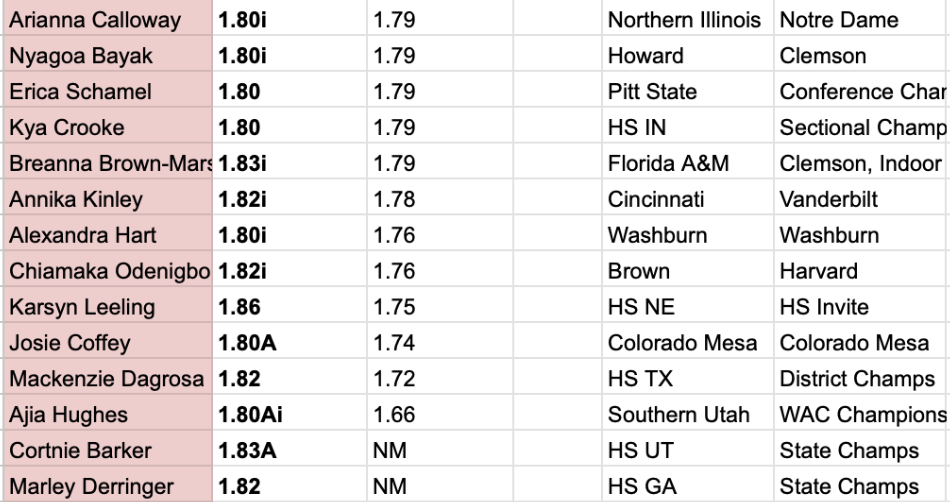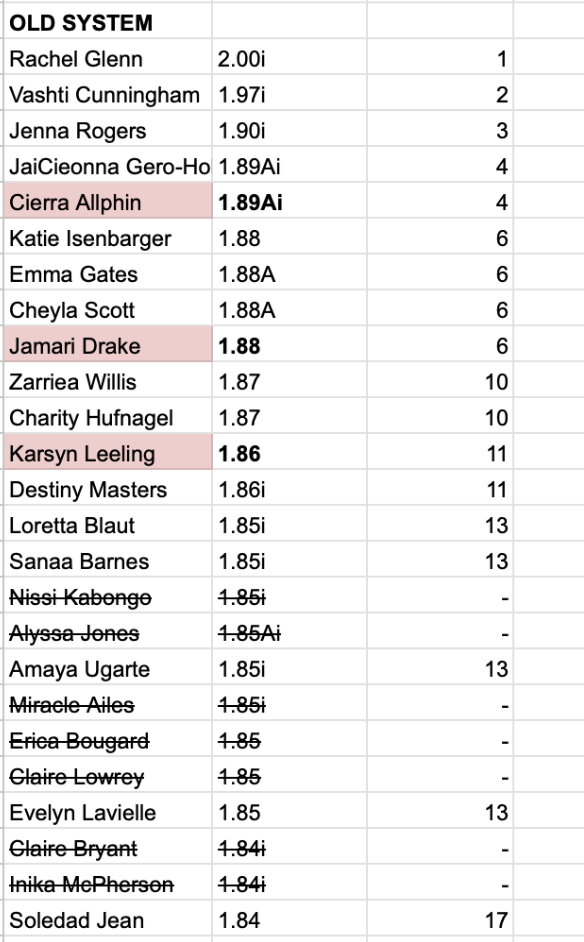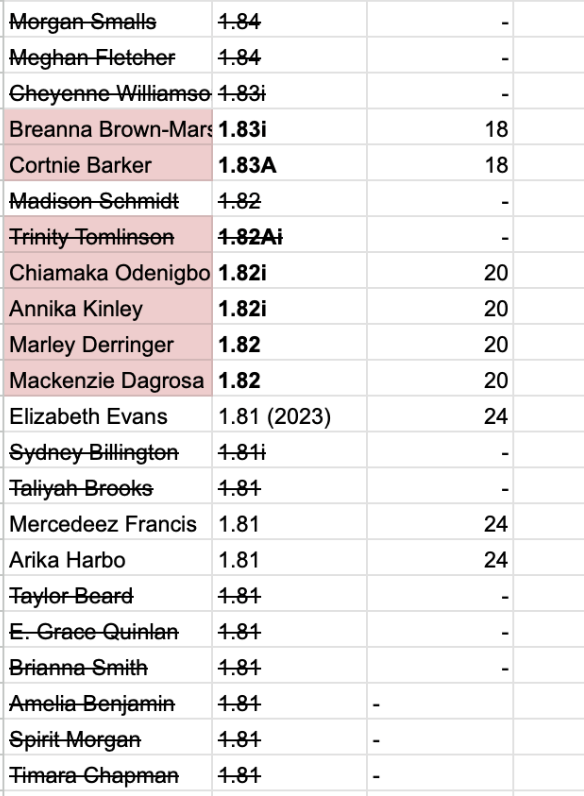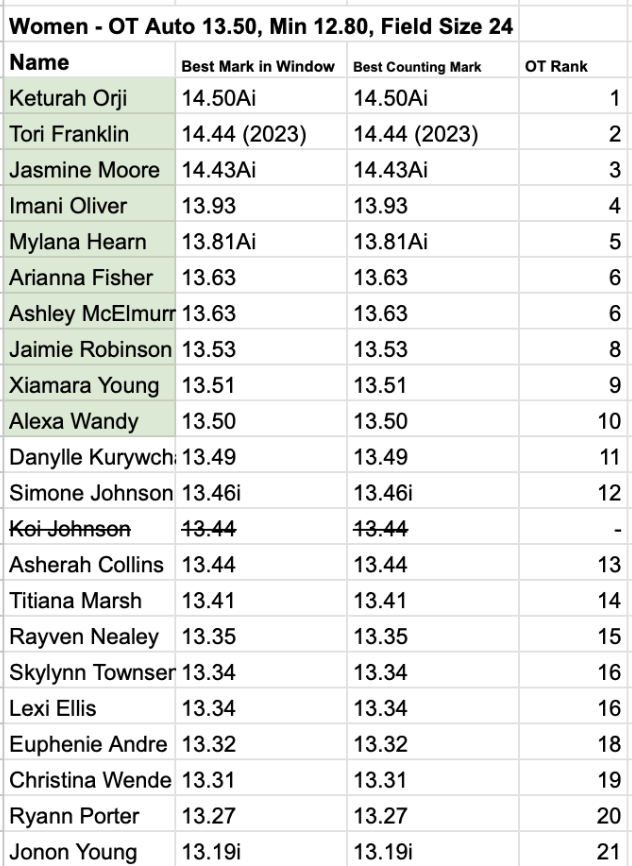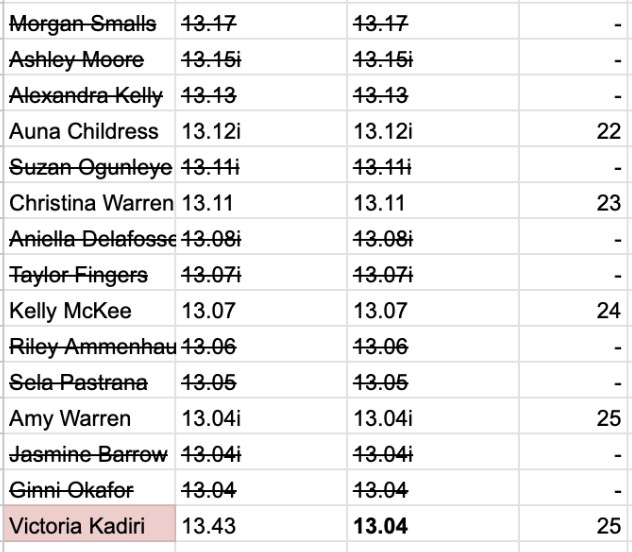The 2024 Olympic Trials women’s pole vault finals begin today at 3:15pm Pacific.
I will be there with the live tweets: https://twitter.com/polevaultpower/status/1807443503154352325
Live results: https://results.usatf.org
Dedicated stream: Peacock
Height progression: 4.28-4.43-4.53-4.63-4.68-4.73+5
I explained the Olympic Team qualifying scenarios in the qualifying round preview, but I think a visual explanation would be easier. I also walk through them again below.
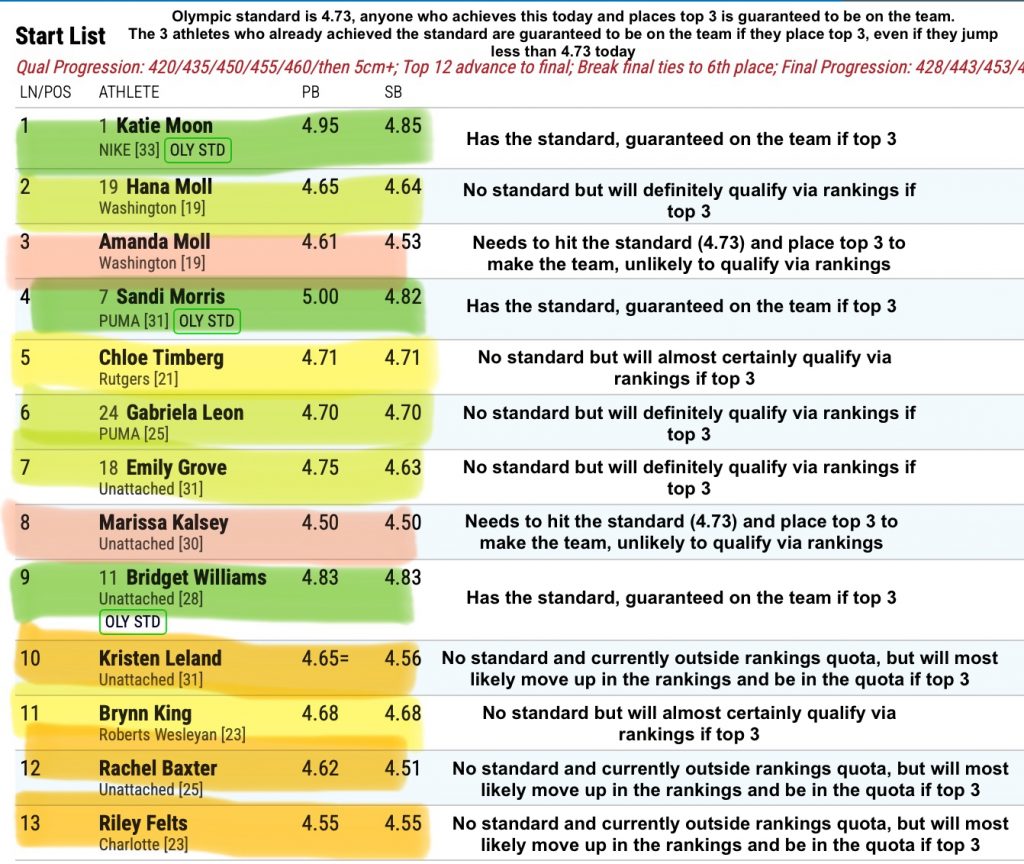
USATF prioritizes the order athletes finish at the Olympic Trials for making the team. In this event it will almost certainly be the top three finishers who are on the Olympic team.
Qualifying via the rankings is NOT based on the “World Rankings” it is based on whether or not your are in the quota on the Road to Paris website. Today is the last day that athletes can achieve the standard and/or move up via the rankings. There is no chance of mark chasing.
ANYONE who places in the top three AND hits the Olympic standard of 4.73 is guaranteed to be on the team. Below are the scenarios if someone places top three without achieving that height.
Sandi, Katie and Bridget have the standard and are 100% guaranteed to be on the team if they place top three.
Hana, Gabi and Emily are currently ranked highly within the rankings quota, it is basically not possible at this point that anyone is going to bump them out of the quota. If they place in the top three without hitting the standard, they are going to be on the team.
Chloe and Brynn are currently in the rankings quota, but sitting near the bottom of it. If they place top three, they will most likely move up in the quota and have a secure position, and even if they somehow don’t move up, I don’t think it is super likely either one will be bumped out. It would be best if they hit the standard, and both are capable, but if they place top three without the standard, they are most likely on the team.
Kristen, Rachel and Riley are not in the rankings quota right now, but they are close to it. If they finish in the top three and don’t hit the standard, they *probably* will move into the rankings quota and make the team, but this depends a lot on exactly what height they jump, what place they get, and results from other places in the world.
Amanda and Marissa are too far down in the rankings to move into the quota, their only path to the team is placing top three and jumping 4.73.
As far as predictions for today…
I think the wind will probably be swirly and I would be surprised to see many PRs or big bars.
Sandi and Katie have both had setbacks this year and not been at 100%, but neither needs to be anywhere near 100% to make the team. Both jumped well in qualifying and should have no problem placing top three today.
Bridget had a really great indoor season. She is solidly the third best vaulter in this field, and she can beat Sandi and Katie if she has a good day and they are off. But she hasn’t been as consistent outdoors and struggled in the qualifying round. If she finds her confidence again and doesn’t let anything rattle her, she has an excellent chance at a top three finish.
Hana and Chloe both jumped well in qualifying and are coming off strong collegiate seasons, they are solid contenders to snag a top three spot.
Emily has a lot of experience at USATF championships and has been known to rise to the occasion in big meets.
Gabi has had a really consistent outdoor season. She PRd at indoor nationals to place third and could be due for another breakthrough here.
Brynn has had a very consistent season as well, she struggled in qualifying but if she relaxes in the final she has a solid chance at a top three finish.
MOST of the women in the field are in position to make the team if they place top three, even if they don’t hit the standard in the process.
Today should be a very interesting competition, Eugene is not an easy place to jump. If the wind is particularly swirly, we could see 4.63 or 4.68 for third.
